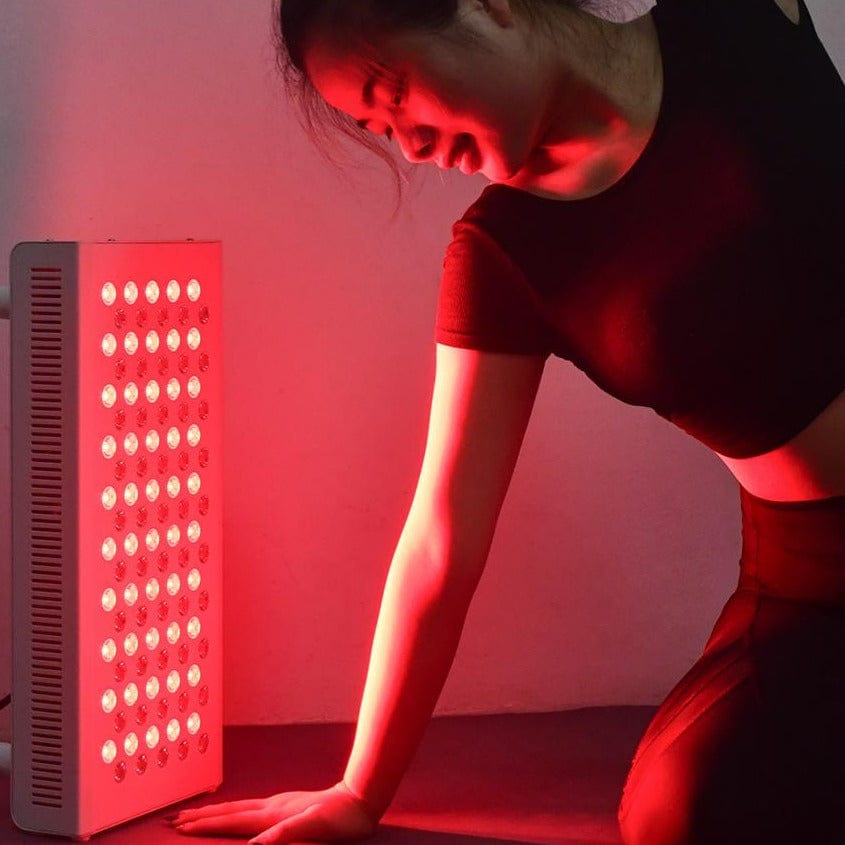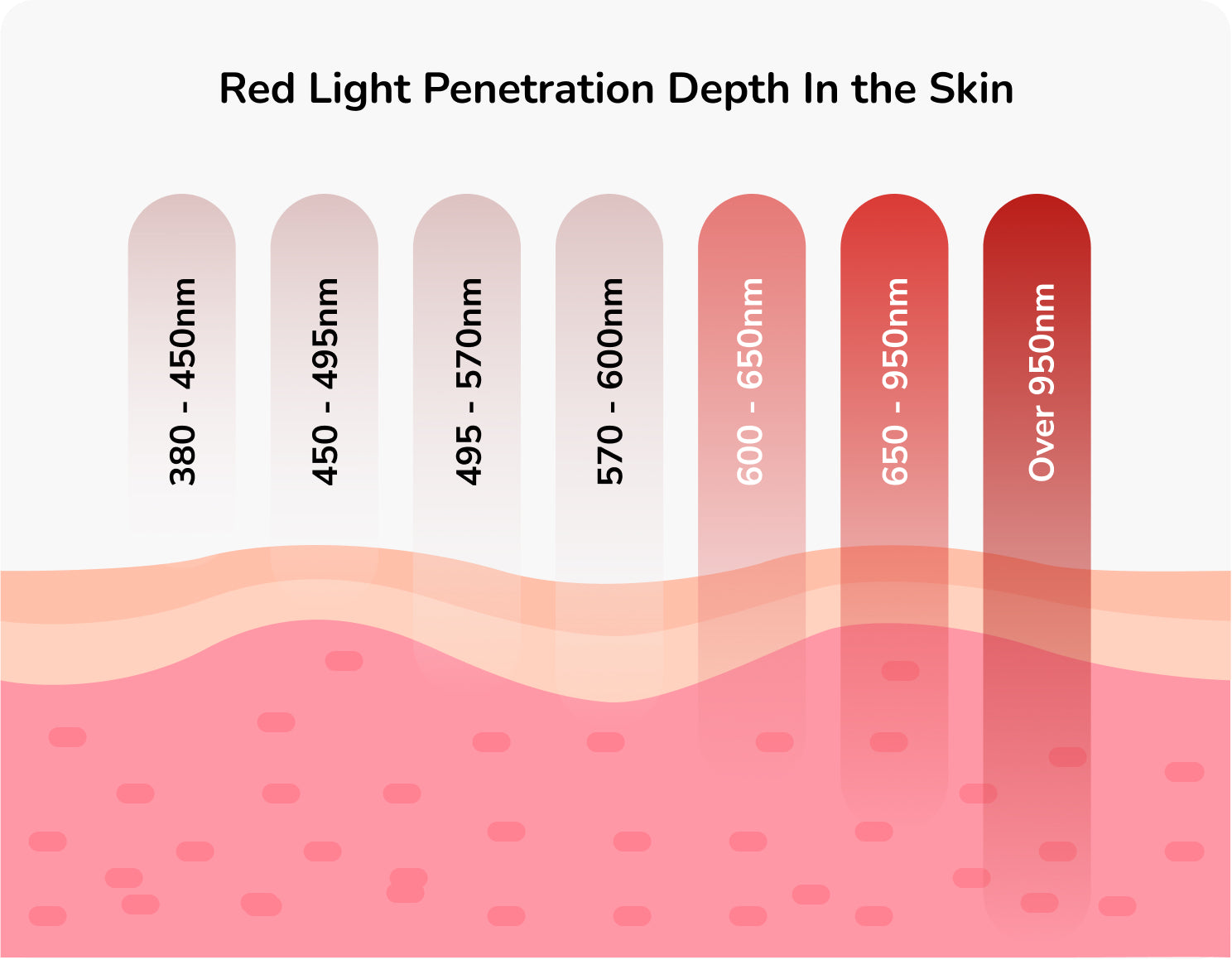PBM Light Therapy: Clarifying Recovery and Health
Wiki Article
Opening the Potential of Photobiomodulation: A Promising Technique for Healing Treatment
Are you curious about the potential of photobiomodulation for healing treatment? Think of a circumstance where an individual dealing with chronic discomfort locates relief with a non-invasive treatment that makes use of light. This is specifically what photobiomodulation offers. It is an appealing method that takes advantage of the power of light to promote healing and minimize inflammation in various clinical conditions. By targeting details mobile processes, photobiomodulation has shown prospective in accelerating injury recovery, lowering pain, and promoting tissue regeneration. In this intro, we will certainly explore the systems of activity, applications in medicine, and the current proof supporting the efficiency of photobiomodulation. Additionally, we will certainly go over future instructions and prospective obstacles in opening its full capacity as a restorative intervention.Understanding Photobiomodulation
To understand photobiomodulation, you require to grasp the concept of exactly how light therapy can straight impact cellular processes in your body. Photobiomodulation, additionally called low-level light treatment, is a non-invasive therapy that utilizes certain wavelengths of light to stimulate biochemical responses in your cells. When subjected to these light wavelengths, your cells soak up the power and transform it right into cellular power, understood as adenosine triphosphate (ATP) This rise in ATP manufacturing leads to a waterfall of cellular feedbacks, including boosted metabolic rate, improved flow, and raised production of collagen and other healthy proteins.The therapeutic results of photobiomodulation are far-reaching and have actually been researched thoroughly in various medical fields. It has actually shown promising outcomes in promoting tissue repair and regrowth, lowering swelling, easing pain, and enhancing wound recovery. Photobiomodulation has been found to have a positive impact on neurological conditions, such as terrible brain injury and stroke, by boosting neural task and promoting neuroplasticity.
One of the vital advantages of photobiomodulation is its safety and security account. Unlike various other treatments, photobiomodulation does not generate any type of warm or create cells damages. It is a non-invasive and pain-free procedure that can be done in a medical setup or perhaps in the convenience of your own home with using portable devices. It is crucial to note that photobiomodulation should be carried out by trained professionals or according to the manufacturer's instructions to make sure optimal outcomes and safety.

Systems of Activity
In comprehending the mechanisms of action, you will certainly uncover exactly how photobiomodulation directly affects cellular procedures with particular biochemical responses. When light is used to the body, it is soaked up by chromophores, such as cytochrome c oxidase and flavins, which exist in the mitochondria. This absorption leads to a waterfall of events that inevitably lead to mobile changes.One of the vital systems of action is the stimulation of ATP production. Photobiomodulation raises the activity of cytochrome c oxidase, an essential enzyme in the mitochondria that is associated with the electron transport chain. This raised activity leads to the production of even more ATP, the primary power currency of the cell. As an outcome, cellular metabolic process is enhanced, advertising cells repair work and regrowth.
Moreover, photobiomodulation has been shown to regulate cellular signaling pathways. It triggers numerous growth aspects and signifying molecules, such as nitric oxide and reactive oxygen varieties, which play important functions in procedures like inflammation, cell, and angiogenesis proliferation. These signaling pathways add to the restorative results of photobiomodulation, promoting tissue healing and minimizing discomfort and swelling.
Applications in Medication
Discover the comprehensive applications of photobiomodulation in medication. Photobiomodulation, additionally recognized as low-level light therapy, is a non-invasive treatment that utilizes light to promote mobile procedures and promote recovery. In medicine, this technique has shown appealing outcomes across different areas.Among the main applications of photobiomodulation is in discomfort administration. pbm therapy. It has actually been made use of to alleviate both chronic and intense discomfort, consisting of musculoskeletal problems, neuropathic discomfort, and post-operative discomfort. By targeting the afflicted location with certain wavelengths of light, photobiomodulation can minimize swelling, advertise cells repair service, and give alleviation
In addition, photobiomodulation has actually revealed prospective in wound healing. It can speed up the recovery process by enhancing cell expansion, promoting angiogenesis, and minimizing mark cells development. This has considerable ramifications in the therapy of persistent injuries, such as diabetic person abscess and stress sores.
In dermatology, photobiomodulation has actually been used for its regenerative and anti-inflammatory effects. It can improve the look of marks, lower acne sores, and promote hair development in conditions like androgenetic alopecia.
Moreover, photobiomodulation has revealed pledge in neurorehabilitation. It can improve cognitive function, boost motor recovery, and aid in the therapy of neurodegenerative illness like Alzheimer's and Parkinson's.
Scientific Evidence and Study Findings

In the field of bone and joint disorders, photobiomodulation has been located to decrease discomfort and inflammation, boost series of activity, and accelerate cells repair work. Research studies have actually shown its effectiveness in treating problems such as osteoarthritis, tendinopathies, and muscle mass stress. Furthermore, photobiomodulation has revealed positive impacts on injury healing by promoting collagen synthesis, angiogenesis, and fibroblast spreading. This makes it an important device in the management of persistent injuries, diabetic person ulcers, and medical incisions.
In addition, research has revealed that photobiomodulation can have neuroregenerative and neuroprotective impacts. It has been located to improve cognitive feature, decrease neuroinflammation, and enhance neuronal survival and synaptic plasticity. This has crucial ramifications for the treatment of neurological problems view it now such as Alzheimer's disease, Parkinson's illness, and stroke.
Future Instructions and Possible Obstacles
Relocating onward, it is essential to take into consideration the possible challenges and future instructions bordering using photobiomodulation as More hints a healing intervention. One vital future instructions is the expedition and optimization of dosing parameters. Currently, there is no agreement on the ideal wavelength, intensity, period, and regularity of photobiomodulation therapy. Additional research study is needed to recognize the dose-response partnership and establish evidence-based standards for professional method.An additional essential future instructions is the development of portable and cost-effective photobiomodulation tools. While present gadgets are efficient, they are usually cumbersome, expensive, and need professional guidance - photobiomodulation therapy. The growth of easy to use and economical devices would substantially improve accessibility to this treatment, allowing even more people to gain from its prospective healing effects
Additionally, future research study needs to concentrate on elucidating the systems underlying photobiomodulation. Regardless of its expanding popularity, the exact systems whereby photobiomodulation applies its healing results are not fully comprehended. Comprehending these devices would certainly not just boost our knowledge of the therapy however likewise help in the growth of even more targeted and reliable treatments.
Nonetheless, there are additionally potential challenges that need to be addressed. pbm therapy. These consist of the demand for standard methods, the demand for properly designed scientific tests with bigger sample sizes, and the requirement for long-lasting follow-up research studies. Regulative and security considerations should be taken into account to guarantee the risk-free and effective usage of photobiomodulation in scientific method.
Conclusion
In verdict, photobiomodulation holds excellent pledge as a therapeutic intervention in medication. Its devices of action and medical evidence recommend its prospective for treating numerous conditions. More study is needed to completely recognize its advantages and address any type of potential difficulties. With recurring studies and innovations in this field, photobiomodulation has the prospective to open new possibilities for boosting patient results.Are you curious regarding the possibility of photobiomodulation for healing intervention? like it By targeting particular mobile procedures, photobiomodulation has actually revealed potential in speeding up injury recovery, reducing pain, and promoting tissue regeneration.Furthermore, photobiomodulation has actually revealed possible in wound healing.Moving ahead, it is crucial to take into consideration the future instructions and possible challenges surrounding the use of photobiomodulation as a restorative intervention. With continuous research studies and improvements in this area, photobiomodulation has the possible to open brand-new possibilities for improving client results.
Report this wiki page